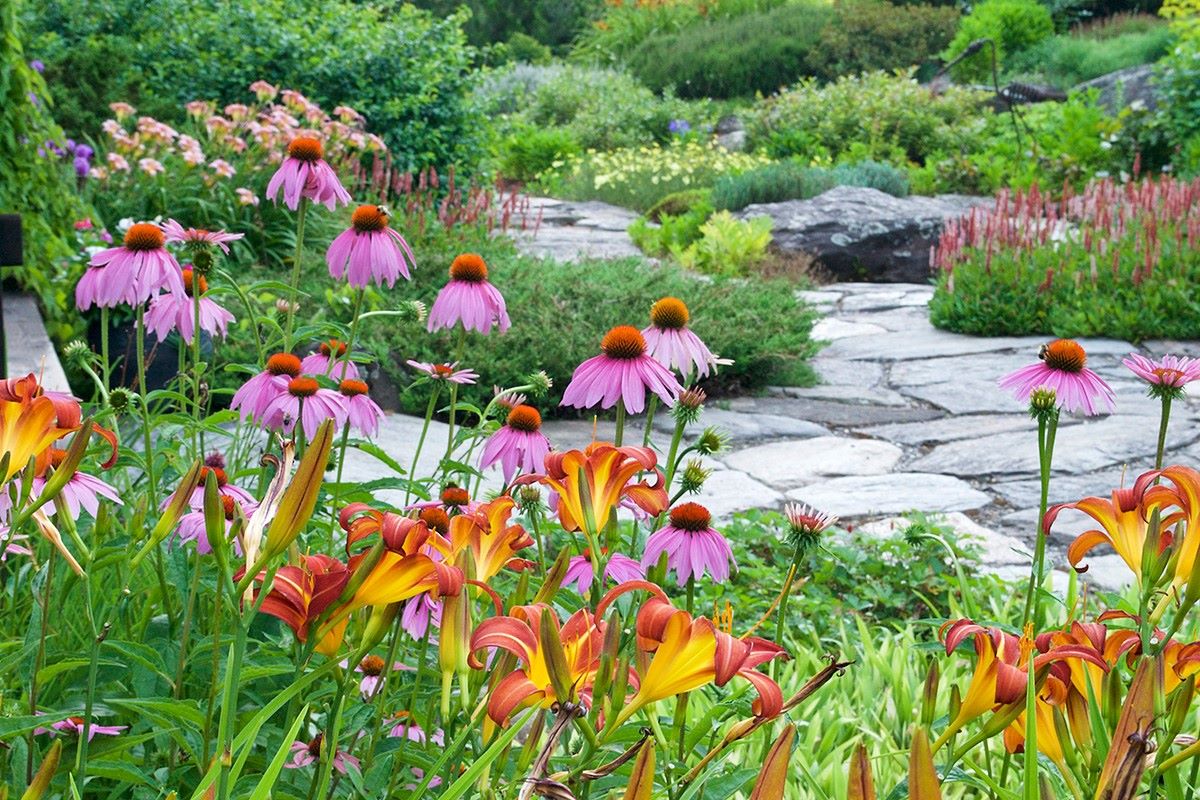
Creating a garden that buzzes with life, from bees to butterflies, is not only a joy for any nature lover but also a crucial step in supporting our planet's ecosystem. Pollinator-friendly gardens play a vital role in the survival of many plant species and in the production of our food. With declining pollinator populations, understanding how to make our gardens more inviting to these essential creatures has never been more important. From choosing the right flowers to understanding the needs of different pollinators, there are numerous ways to transform your green space into a haven for these vital beings. This guide will unveil 21 facts about creating a pollinator-friendly garden, offering practical tips and insights to help you nurture a vibrant, life-supporting space in your own backyard.
What Makes a Garden Pollinator-Friendly?
Creating a haven for pollinators involves more than just planting flowers. It requires a thoughtful selection of plants and a commitment to practices that support the health and well-being of bees, butterflies, birds, and other pollinating creatures. Pollinator-friendly gardens provide a rich source of nectar and pollen throughout the growing season, offer shelter, and minimize exposure to harmful pesticides.
- Diverse Plant Selection: A variety of flowering plants attracts a wide range of pollinators. Each species has its preferences for certain types of flowers, so including a mix ensures that many needs are met.
- Native Plants: These are particularly beneficial as they've evolved alongside local pollinator species. Native plants tend to be well-suited to the climate and soil of an area, making them easier to grow and more resilient to pests and diseases.
- Continuous Bloom: Ensuring that something is in bloom from early spring through late fall supports pollinators throughout their active seasons.
How to Attract Specific Pollinators
Different pollinators have unique needs and preferences. Tailoring your garden to attract specific types can be both fun and rewarding.
- Bees: They are especially drawn to blue, purple, and yellow flowers. Plants like lavender, salvia, and sunflowers are bee favorites.
- Butterflies: These colorful insects prefer flat, open flowers where they can easily land and feed. Milkweed, zinnias, and butterfly bushes are great choices.
- Hummingbirds: They favor tubular flowers with bright red and orange hues. Trumpet vine, honeysuckle, and fuchsia are excellent for attracting hummingbirds.
Sustainable Practices for Pollinator Gardens
Sustainability in gardening goes beyond plant selection. It involves adopting practices that ensure the garden supports pollinator health over the long term.
- Avoid Pesticides: Chemicals used to kill pests can also harm pollinators. Opting for natural pest control methods protects these vital creatures.
- Provide Water Sources: A shallow dish of water or a birdbath with stones for landing can offer pollinators much-needed hydration, especially in hot weather.
- Create Habitats: Leaving some areas of the garden a little wild can provide nesting sites for bees and other pollinators. Brush piles, bare soil, and undisturbed grasses are beneficial.
Seasonal Tips for Pollinator-Friendly Gardening
Seasonal changes require adjustments in how you manage your pollinator garden to keep it thriving and supportive of its visitors.
- Spring: Early-blooming plants like crocus, lilac, and forsythia provide critical food sources for pollinators emerging from hibernation.
- Summer: This is peak bloom time for many plants. Ensure continuous flowering by deadheading spent blooms and adding mid- to late-summer blooming plants.
- Fall: Late bloomers like asters and goldenrod offer essential resources for pollinators preparing for winter. Planting bulbs for the next spring can also be done in fall.
- Winter: Though most pollinators are dormant, planning for the upcoming seasons is key. Research plants and prepare garden beds as weather permits.
The Impact of Pollinators on Ecosystems
Pollinators play a crucial role in the health of our ecosystems. They are responsible for the reproduction of many plants, which in turn supports a wide array of wildlife.
- Pollination: This process is vital for the production of fruits, vegetables, and seeds. Without pollinators, many plants would fail to reproduce.
- Biodiversity: Pollinators help maintain the diversity of plant life in an ecosystem. This diversity supports a variety of animals and contributes to the resilience of natural habitats.
- Economic Value: Many crops depend on pollination. The work of pollinators significantly contributes to the agricultural economy, with billions of dollars at stake globally.
Challenges Facing Pollinators
Despite their importance, pollinators face numerous threats. Understanding these challenges is the first step toward mitigating them.
- Habitat Loss: Urbanization and intensive agriculture reduce the natural spaces available for pollinators to live and find food.
- Pesticide Exposure: Pesticides can kill pollinators directly or weaken their immune systems, making them more susceptible to disease.
- Climate Change: Altered weather patterns and temperatures can disrupt the timing of plant blooming and pollinator activity, making it harder for them to survive.
- Disease and Parasites: These can spread more easily among pollinator populations that are stressed and weakened by other threats.
- Competition from Non-native Species: Invasive plants and animals can outcompete native species for resources, leaving less available for local pollinators.
Supporting pollinators is more than just a gardening trend; it's a vital contribution to preserving biodiversity and ensuring the health of ecosystems worldwide. Through mindful gardening practices and a commitment to sustainability, individuals can make a significant positive impact on pollinator populations and, by extension, the planet.
A Final Buzz on Pollinator Gardens
Creating a pollinator-friendly garden isn't just about adding beauty to your space; it's a crucial step towards supporting our ecosystem. From choosing the right plants to understanding the needs of different pollinators, every little action counts. Remember, these gardens offer a haven for bees, butterflies, and other vital pollinators, ensuring the survival of many plant species and the continuation of food production. So, whether you've got a sprawling backyard or a modest balcony, there's always room to make a difference. Encourage local wildlife, contribute to biodiversity, and enjoy the vibrant life that a pollinator garden brings. Let's all do our part, one flower at a time, to keep our planet buzzing with life.
Was this page helpful?
Our commitment to delivering trustworthy and engaging content is at the heart of what we do. Each fact on our site is contributed by real users like you, bringing a wealth of diverse insights and information. To ensure the highest standards of accuracy and reliability, our dedicated editors meticulously review each submission. This process guarantees that the facts we share are not only fascinating but also credible. Trust in our commitment to quality and authenticity as you explore and learn with us.


